If you didn’t know, bubuleh is a Yiddish word that roughly translates to sweetheart.
But what is Yiddish? Where does it come from?
Yiddish is the language of the shtetls (Small Jewish villages) of Central and Eastern Europe and of Ashkenazi Jews.
While today it is often perceived as a dead language, Yiddish is still spoken in highly observant communities in Israel and the United States. In addition, it has recently joined the linguistic ranks of Duolingo, providing access to those who wish to reconnect with their personal, familial, or cultural traditions. This reconnection was driven in many ways by the pandemic, as we recently discussed with the Washington Post.
Originally, Yiddish formed as a dialect of german. The German language was peppered with Hebrew words as well as a few from other modern languages. Romance languages and slavic grammar would begin to influence the language as the speakers migrated to different parts of Europe.
The language, which is written using Hebrew characters, has two distinct styles: Western Yiddish and Eastern Yiddish. The main difference between the two styles is the period of popularity. Western Yiddish came first and laid the basis for the language we hear today, but was pushed into obscurity by the Germanizing movement of the late 18th century which functionally eradicated it.
On the other hand, Eastern Yiddish came after its Western counterpart but is the version of the language that has stood the test of time. The 19th century saw the birth of the Hasidic movement and with it came a rejuvenated interest in Eastern Yiddish. While both forms had Talmudic and literary purposes, the Hasidim greatly increased the use of Eastern Yiddish in these sacred practices.
However, the rise of the Yiddish language would come to a screeching halt with the beginning of the Holocaust. The majority of the world’s Yiddish speakers were murdered by the third reich. May their memories be a blessing. As a result of this historic tragedy, today it is estimated that there are under 1 million Yiddish speakers worldwide. Like mentioned above, the majority of today’s Yiddish speakers live in highly insular and observant communities. Yiddish has been and is still preferred by these religious communities, because they find the use of Hebrew in daily life to be disrespectful to the Torah.
While Yiddish-speaking Jewish communities existed outside of Europe, the rise in antisemitism globally in the first half of the 20th century caused these communities to favor assimilation over resistance. This assimilation, however, caused many Yiddish words to enter the English language. Words like schmear, klutz, glitch, bubuleh and many others are very much a part of today's lexicon, which our grandparents and great-grandparent would probably never had guessed.
* * *
If you would like to help keep this beautiful language alive, please consider shopping with us today and supporting sustainable, yiddish-inspired clothing.


